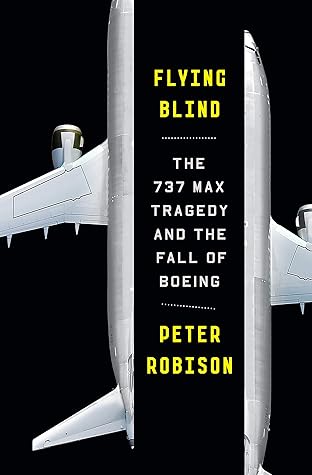More on this book
Community
Kindle Notes & Highlights
Neither knew that a tiny sensor on the left side of the plane, just below Suneja’s window, had a twenty-one-degree misalignment in its delicate innards—an oversight by mechanics who had inspected it. The device, known as an angle-of-attack sensor, was basically a weather vane. It measured the angle of the wing against the oncoming air—too high, and the plane might stall. In the triple-redundant engineering of a product now more than a century old, dating to a pair of bicycle makers who hitched a 12-horsepower engine and a chain sprocket to a spruce wood frame, it wasn’t even considered a
...more
Only a few people at the FAA had even heard of it. “What’s MCAS?” asked one agency official. It was immediately clear that the software was far more powerful than Boeing had suggested in documents submitted to win the plane’s approval. The engineers had drastically underestimated the software’s ability to move the horizontal stabilizer, the small wing on the plane’s tail. What’s more, it had fired because of bad data from the single misaligned sensor—a flaw Boeing’s vaunted processes were supposed to find and root out long before the plane was in flight with commercial passengers.
Then, too, it became clear that the FAA had abdicated much of its oversight to Boeing itself. Most disturbing was what the crashes revealed about the rotted culture of an iconic American company, as the plane’s grounding stretched to almost two years, cost more than $20 billion, and finally forced the departure of Muilenburg. Once ruled by engineers who thumbed their noses at Wall Street, Boeing had reinvented itself into one of the most shareholder-friendly creatures of the market. It celebrated managers for cost cutting, co-opted regulators with heaps of money, and pressured suppliers with
...more
Now, the shift to South Carolina was the fulfillment of what the physicist Stan Sorscher had warned about years earlier, the new overlords in Chicago pitting states and workers against each other to gain advantage for themselves. Creating “risk” all the while, in the studiously bland term. Yet Boeing’s incentive structure practically guaranteed it. The compensation of McNerney, Luttig, and other top executives was tied to boosting free cash flow and the net return from assets on hand—the sort of metrics that tend to favor investors over employees and customers.


